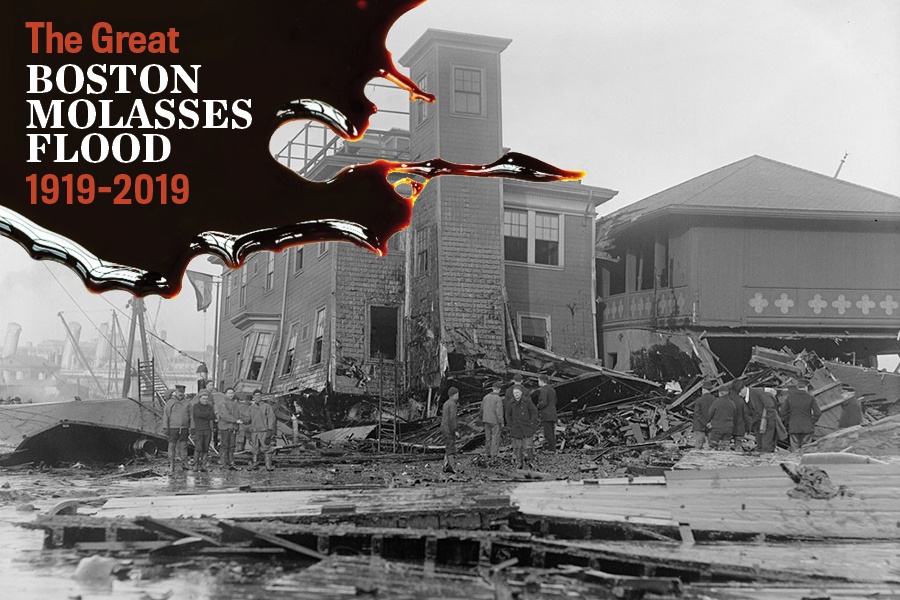

Recovery efforts lasted for days as many people remained missing for a long period of time until the molasses could be effectively cut into pieces and removed from streets, homes, and businesses. The trauma left behind was so bad that more than one hundred sailors from the closest Navy ship, the USS Nantucket, came to help along with local authorities. Some reported waking up to feet of molasses in their homes, much of which made it to upper-level floors of buildings, while those below succumbed to the exhaustion it took to swim out of the molasses.


The destruction left behind was surreal, but the loss of life and struggle for those trapped was even worse. The firehouse, which was in close proximity to the spill, was sheered off its foundation, which is what happened to many buildings that collapsed. As people ran, they were injured in other ways as the wave cascaded down the streets and turned nearby buildings into nothing but rubble. The mild temperatures had allowed the molasses to move in a way that was similar to if it had been sitting out on a counter on a warm spring day, and one of the main causes of death was suffocation, as they had no way to escape the mess and no one could immediately come to their aid.

With little to do and not many places to hide from a 15-foot-wall of syrup, many people, horses, and buildings were trapped in the way of its brute force. It's estimated that 2.3 million gallons of molasses wrought havoc on the streets that day. Furthermore, no one realized what had happened initially, as all that was heard was a "rumble, hiss, and boom," until they saw that the tank had been ripped wide open. The elevated train was not a far walk and at that time, it was also common for horses to be a source of transportation, which meant that no one went unscathed that day as they tried to outrun the wave coming towards them. Unfortunately, at that time, the street was a very populated place and was home to many gathering places as well as work sites. If you can imagine a 15-foot-wall of sticky, dark molasses making its way toward you at roughly 35 miles per hour, that's what it was like for those living and working on Commercial Street. The tank itself had been constructed hastily and with little regard for what would happen should its seals not be properly fabricated, as World War I demanded an increased need for industrial alcohol, thus leading to the installation of the molasses tank on Commercial Street. The problem is, there were warning signs that the tank would not hold for much longer, as it regularly leaked molasses onto the street and just before it gave way, there were reports of strange rumblings and unusual noises coming from within. To start, the steel tank, which was 50 feet tall at the time, was located in Boston's North End on Commercial Street. The oversight in question was actually attributed to a number of things that went wrong leading up to the January 15th. If it sounds more like a tsunami than a fault holding tank, the comparison wouldn't be all that inaccurate - experts say that the rate at which the molasses was moving combined with the sheer force behind its weight and volume contributed to why it was such a deadly oversight. The last thing anyone expected to experience on that fateful day in January, which was almost exactly 102 years ago now, was a wave of molasses careening toward them. As with any disaster, the biggest questions asked are how did it start, and what went wrong.


 0 kommentar(er)
0 kommentar(er)
